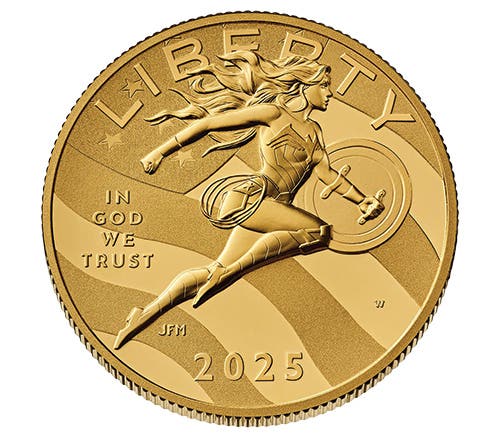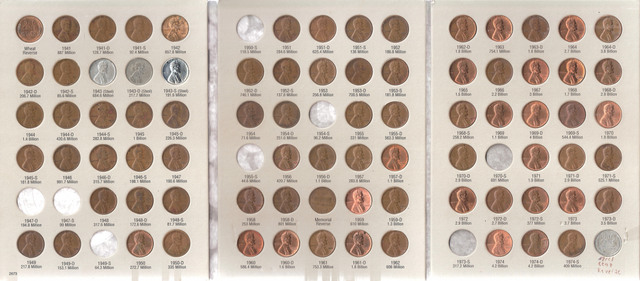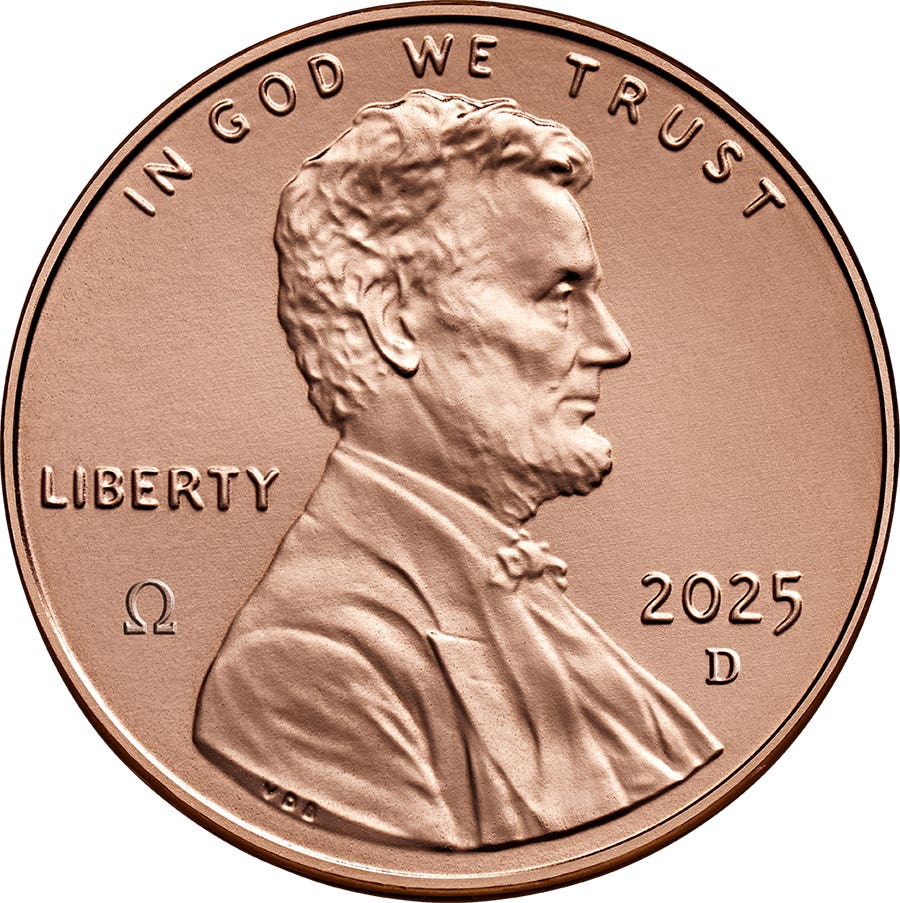Cash or Cashless
Cashless societies have existed from the time when human society came into existence, based on barter and other methods of exchange. Now, everything could be electronic.
Are we going to use physical cash in the future, or aren’t we? We can’t have it both ways—or can we?
A recent YouGov survey in the United Kingdom indicates only three percent of those surveyed have gone completely cashless. Despite this, the Royal Mint didn’t produce any twopence coins during 2022. This followed a dismal 117.7 million pieces minted one year earlier. In defense of the mint, no twopence coins were produced between 2018 and 2020. Likewise, no penny coins were issued in 2018 and 2019.
UK banks insist the 5,000 branches closed and the 15,000 cash points added in the past five years are because people prefer to do their banking online and to go cashless. The YouGov survey indicates that 97 percent of consumers still redeem cash from banks.
Banks had closed at such a rate that Cash Access UK has been established to ensure banking access continues in at-risk communities.
Germany’s Bundesbank, or central bank, also did a survey recently. According to the results, Germans pay for nearly 60 percent of their purchases using physical currency.
According to ForeignPolicy.com, “In Germany, an obsession with privacy, mistrust of big-tech and Fintech in general, and worries about political and financial crises depleting bank balances overnight—an experience rooted in history as well as a cultural desire for control—all contribute to the country’s love for cash.
On August 4th, Austrian Chancellor Karl Nehammer said, “More and more people are concerned that cash could be restricted as a means of payment in Austria…People in Austria have a right to cash.”
According to Nehammer’s office, the “uncertainty” is fueled by contradictory information and reports. The Austrian government has reported 47 billion euros or about $51 billion U.S. is withdrawn annually from Automated Teller Machines. Austria’s population is only about 9.1 million. The chancellor’s office said the chancellor’s proposal involves a “constitutional protection of cash as a means of payment,” ensuring a “basic supply” of cash to be made available by the Austrian central bank.
Over the border in neighboring Hungary, the Magyar Nemzeti Bank, or Hungarian Central Bank, reported inflation is the culprit in a decline in the use of physical cash. Hungary’s problem is that with less demand for larger denominations, the smaller denominations are used more often and, for that reason, also wear out faster. The lowest value 5-forint coin accounts for 33 percent of all coins in use.
According to the August 14 Daily News Hungary newspaper, “The role of cash is diminishing in recent years, the number of cashless, electronic payments has been growing steadily. However, Hungarians still often pay cash for smaller purchases. MNB said that there was no upcoming target date for the introduction of the euro.”
Cash accounted for 85 percent of all point-of-sales payments in the Netherlands in 2002. A 2021 Statista survey indicated that 91 percent of transactions were made using online apps and features. One of the things encouraging this is the government increasing the contactless payment limits during the pandemic from €25 to €50.
Sweden is likely the most cashless society on earth. There are only 32 ATMs per 100,000 people. More than 98 percent of Swedes own debit/credit cards. It is also one of the top countries for contactless mobile payments.
Sweden has been projected to go entirely cashless during 2024. So, although it appears such large economies as China and India may follow, what about Japan? A Statista survey suggests the Japanese like the security and reliability of cash. More than 55 percent of those participating in the survey had concerns regarding personal information leakage as being a major reason not to go cashless.
This article isn’t long enough to survey the cashless movement everywhere, but what about in the United States? It is challenging to determine if the U.S. will ever go the way of Sweden. We are still willing to produce 1-cent coins that cost more than one cent. We aren’t willing to produce higher denomination coins other than for collectors. We aren’t willing to introduce higher bank notes. About 97 percent of local businesses in Denver and Atlanta accept electronic payments—this being the most anywhere in the country.
Sweden is unique. Cash may be legal tender, but contract laws have a higher precedence than banking and payment laws. This is the opposite of almost everywhere else. In Sweden, if a store puts up a sign that the store refuses to accept cash, the customer enters an agreement with that store regarding payments if they want to do business with that store.
In 2018 Jonas Hedman, associate professor at the Department of Digitalization at the Copenhagen Business School, may have summed up our concerns. “An advantage of a cashless society is that it will be easier to trace criminal activities and we might be able to block some of them. The disadvantage is that everyone can be traced.”
Will we ever completely go cashless? The jury is still out, but there is also a lot of resistance to the idea of going without coins and bank notes worldwide.









